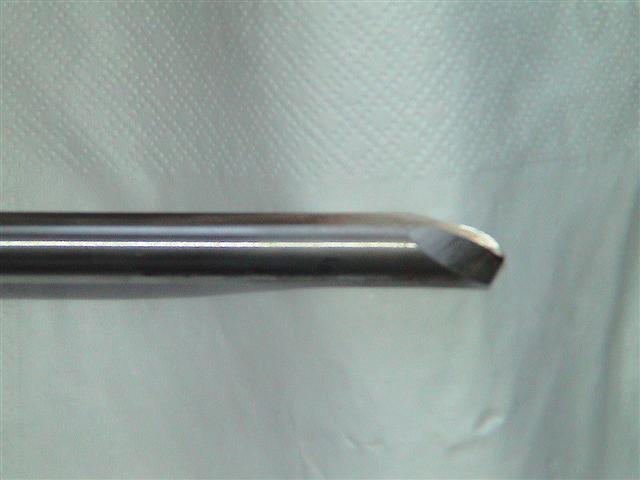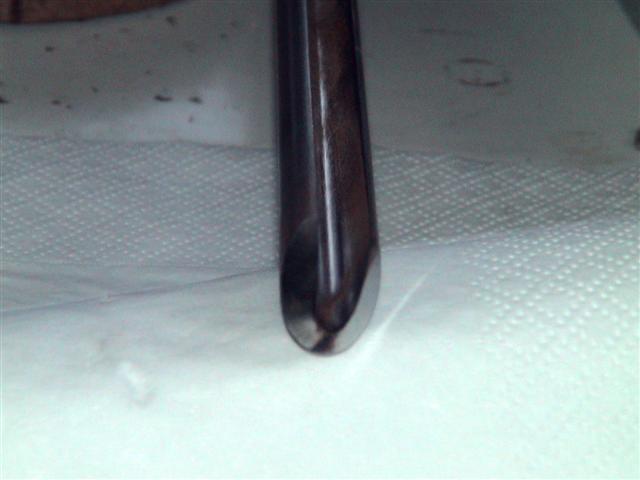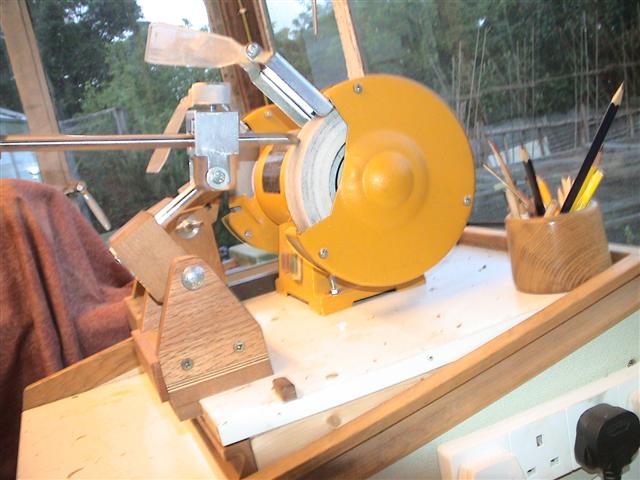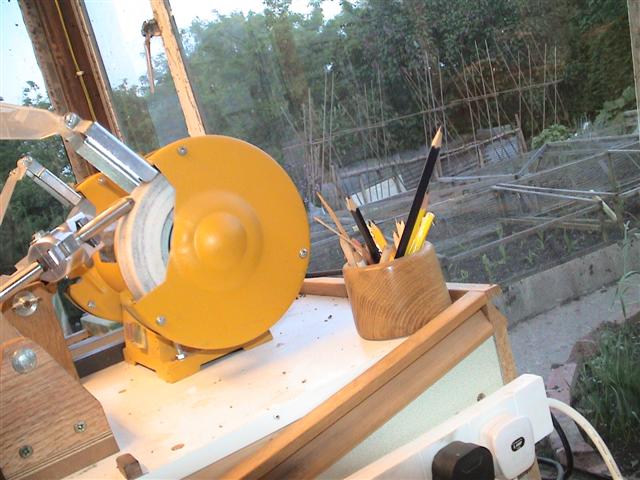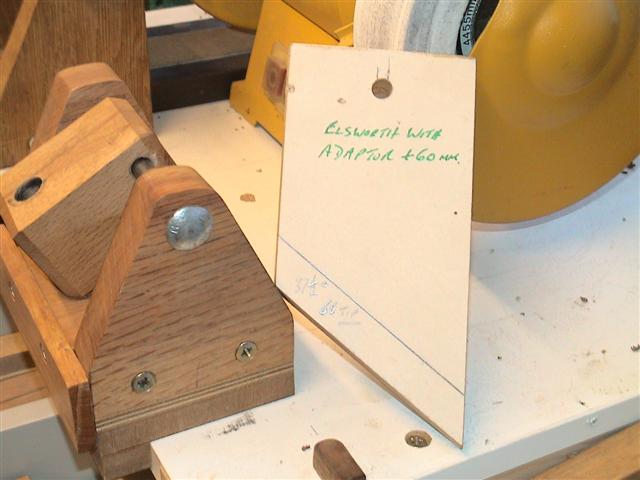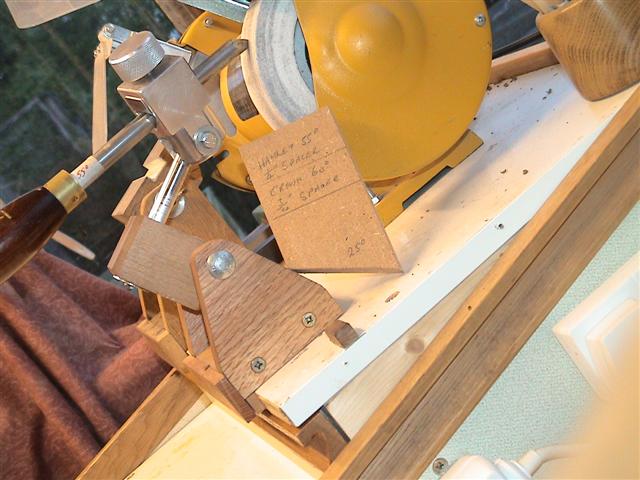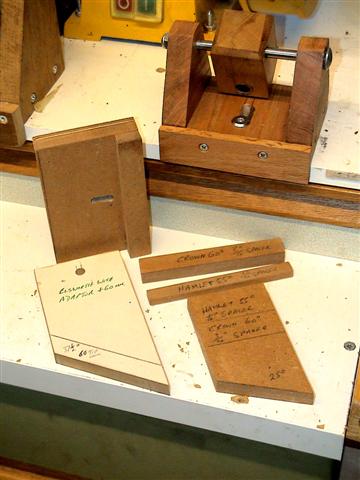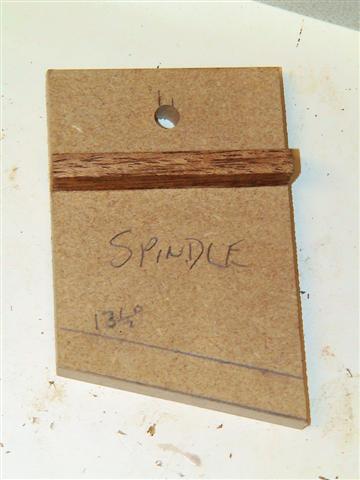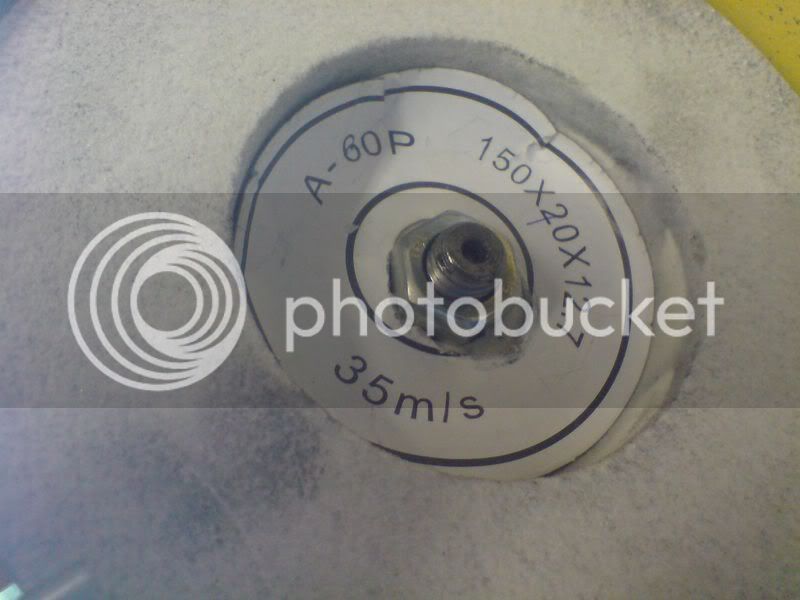gasmansteve
Established Member
Hi all
I`m trying unsuccessfully to put a long spindle gouge type grind on my 1/2" bowl gouge. I have been using a 40degree straight across (is that the right term?) grind but would like to try a side grind on the chisel. Its quite a deep fluted chisel so could it be that deep fluted chisels arn`t meant to be used with side grinds or can any chisel be ground with one?. I`m using my spindle gouge jig but set to give 40degs is this incorrect. I`m getting a weird profile on the chisel with the sides going to a rather dangerous point which is just asking for a catch :shock :shock: . I normally grind the chisel like a roughing out gouge just stationary on the grinder but twisting the handle which gives a nice clean edge but this side grind is beating me . Any tips please??
. Any tips please??
Cheers
Steve
I`m trying unsuccessfully to put a long spindle gouge type grind on my 1/2" bowl gouge. I have been using a 40degree straight across (is that the right term?) grind but would like to try a side grind on the chisel. Its quite a deep fluted chisel so could it be that deep fluted chisels arn`t meant to be used with side grinds or can any chisel be ground with one?. I`m using my spindle gouge jig but set to give 40degs is this incorrect. I`m getting a weird profile on the chisel with the sides going to a rather dangerous point which is just asking for a catch :shock :shock: . I normally grind the chisel like a roughing out gouge just stationary on the grinder but twisting the handle which gives a nice clean edge but this side grind is beating me
Cheers
Steve





